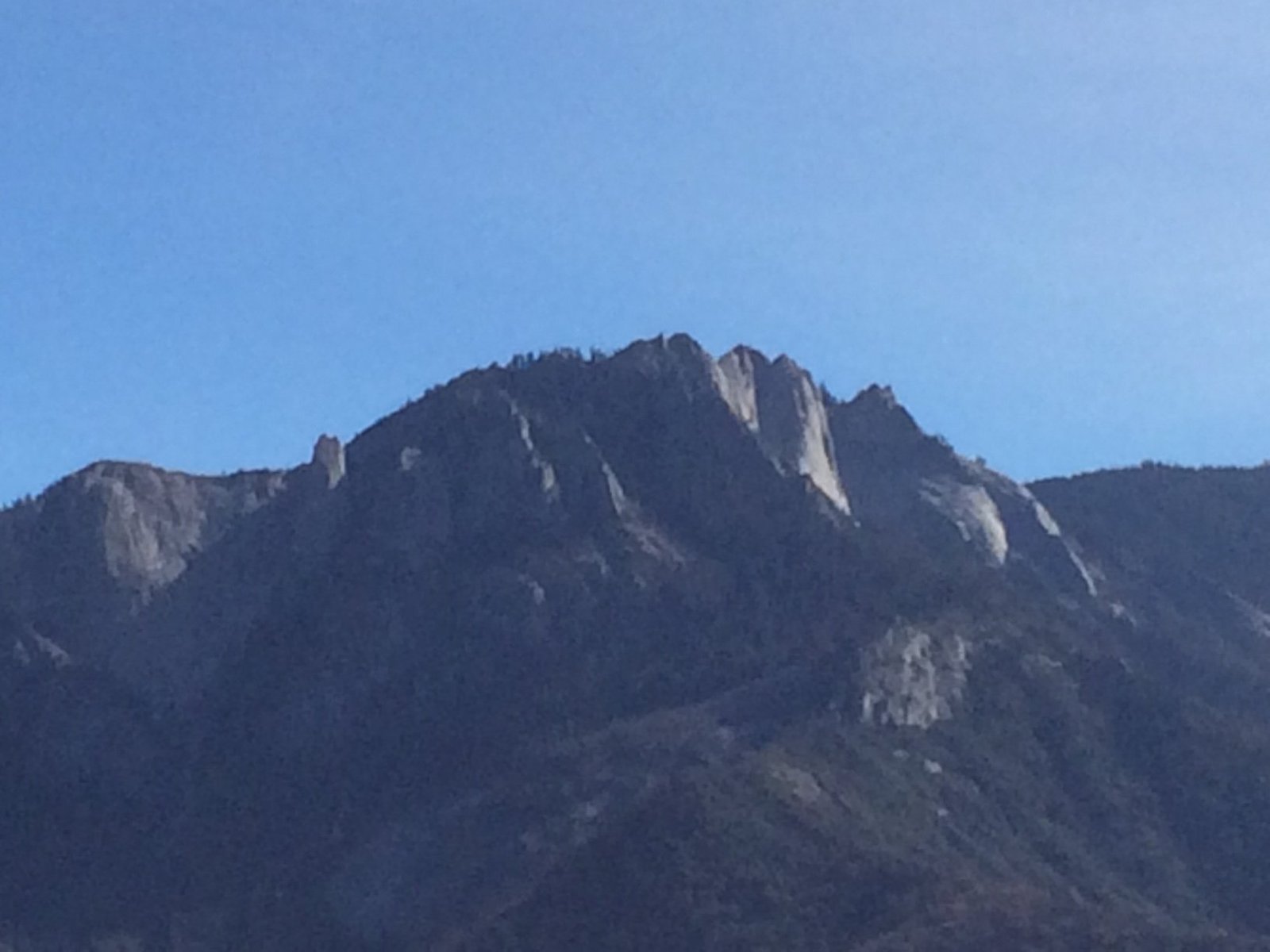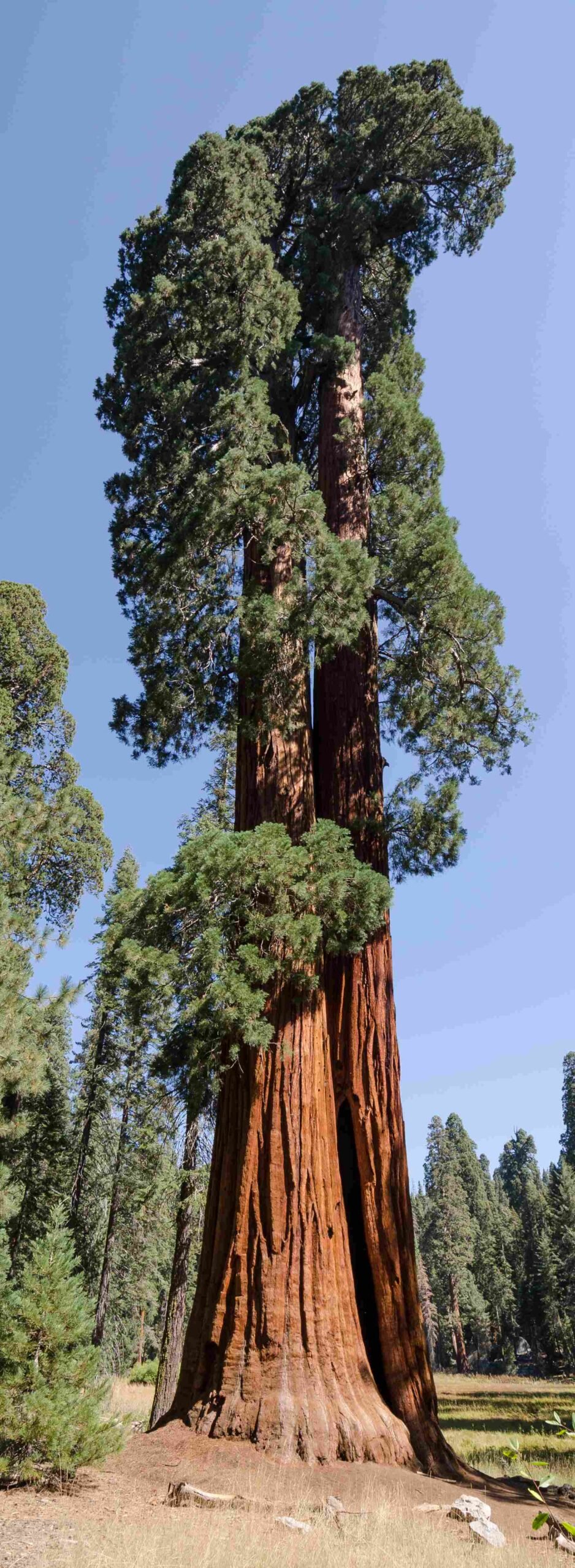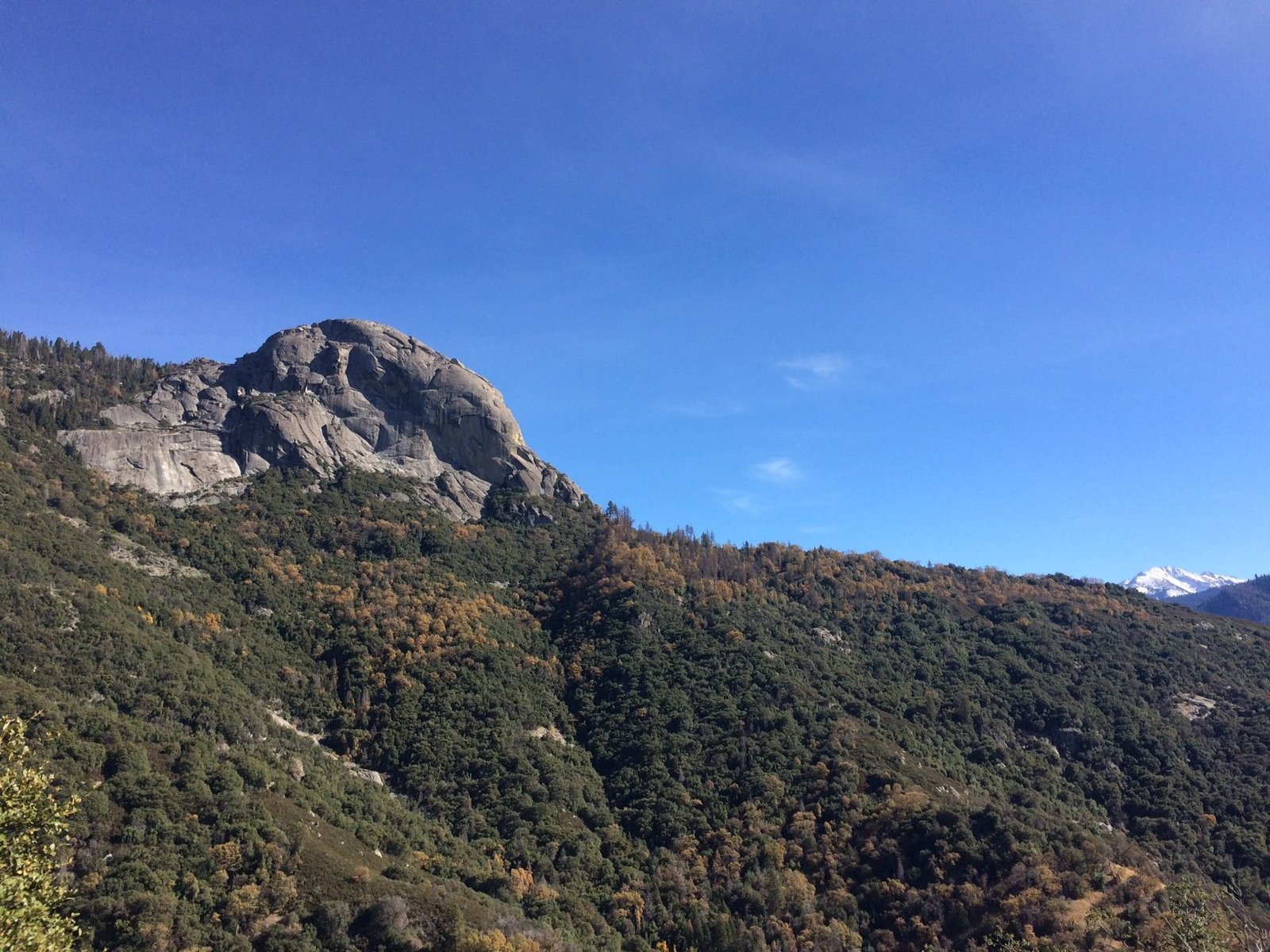The Sugar Bowl Trail in Sequoia National Park is a moderate 9.6-mile loop hike that offers breathtaking views of giant sequoia groves, diverse forest landscapes, and scenic ridges. Starting at 6,220 feet elevation and reaching a high point of 6,950 feet, this trail provides a challenging yet rewarding experience for hikers. With an elevation gain of 1,455 feet, the Sugar Bowl Trail showcases the beauty of Redwood Mountain Grove and offers unique perspectives on the surrounding peaks and forests.
What Makes Sugar Bowl Trail Unique?

The Sugar Bowl Trail stands out for its diverse landscapes and impressive sequoia groves. Here are some key features:
- Nearly pure giant sequoia forest
- Panoramic views from Redwood Mountain crest
- Scenic creek-side sections
- Fall foliage and spring wildflowers
- Connection to other popular trails
How Difficult is the Sugar Bowl Trail?

The Sugar Bowl Trail is rated as moderate, but it’s important to understand the specific challenges:
- Distance: 9.6 miles (loop)
- Elevation Gain: 1,455 feet
- Terrain: Mixed forest, hillside climbs, ridge descents
- Time: Typically 5-7 hours for most hikers
Compared to the nearby Hart / Redwood Creek Loop (7.3 miles, 919 feet elevation gain), the Sugar Bowl Trail offers a more challenging and longer hiking experience.
Where is the Sugar Bowl Trailhead Located?
Finding the trailhead is crucial for a successful hike. Here’s what you need to know:
- Located near Lodgepole in Sequoia-Kings Canyon National Park
- Accessible via a dirt road leading to Redwood Canyon
- Approximately 2 miles from the main park road
- Parking available at the Redwood Canyon trailhead
Note: Always check with park authorities for current road conditions and any seasonal closures.
What Are the Must-See Viewpoints Along the Trail?
The Sugar Bowl Trail offers several breathtaking viewpoints and landmarks:
- Redwood Mountain Grove:
- Dense stand of mature and young giant sequoias
-
Views of Big Baldy and Buena Vista Peak
-
Sugar Bowl Giant Sequoia Grove:
- Nearly pure giant sequoia forest
-
Over 50 giant sequoias visible from certain vantage points
-
Redwood Creek:
- Scenic creek-side views
-
Giant sequoias along the water’s edge
-
Fall Colors and Wildflowers:
- Vibrant dogwood colors in autumn
- Diverse wildflowers in spring and early summer
How Does the Sugar Bowl Trail Connect to Other Trails?
The Sugar Bowl Trail is part of a larger network of trails in the area:
- Branches off from the Hart / Redwood Creek Loop at 5.3 miles from the trailhead
- Connects back via the Redwood Creek Trail
- Joins the Hart Trail to complete the loop
This connectivity allows hikers to customize their experience and potentially extend their hike if desired.
What Should Hikers Pack for the Sugar Bowl Trail?
Given the trail’s length and terrain, proper preparation is essential. Here’s a recommended packing list:
| Essential Items | Optional Items |
|---|---|
| Water (at least 2-3 liters) | Trekking poles |
| High-energy snacks | Camera |
| First aid kit | Binoculars |
| Map and compass | Field guide |
| Sun protection (hat, sunscreen) | Insect repellent |
| Sturdy hiking boots | Extra layers |
| Emergency whistle | GPS device |
What is the Best Time to Hike the Sugar Bowl Trail?
The ideal time to hike the Sugar Bowl Trail depends on your preferences:
- Spring: Wildflowers bloom, but some areas may still have snow
- Summer: Warm temperatures, long daylight hours
- Fall: Beautiful foliage, cooler temperatures
- Winter: Snow-covered landscapes, but requires winter hiking skills
Note: Always check current weather conditions and trail status before your hike.
Are There Any Wildlife Encounters on the Sugar Bowl Trail?
While hiking the Sugar Bowl Trail, you may encounter various wildlife:
- Black bears (practice proper food storage)
- Mule deer
- Various bird species
- Small mammals like squirrels and chipmunks
Remember to maintain a safe distance from all wildlife and never feed the animals.
What Are the Park Regulations for Hiking Sugar Bowl Trail?
When hiking the Sugar Bowl Trail, be aware of these park regulations:
- Stay on designated trails
- Pack out all trash
- No pets allowed on trails
- Properly store food to prevent wildlife encounters
- No drones allowed in the park
- Obtain necessary permits for overnight stays
Always check the official Sequoia National Park website for the most up-to-date regulations.
How Does Sugar Bowl Trail Compare to Other Sequoia National Park Hikes?
To put the Sugar Bowl Trail in perspective, here’s a comparison with other popular hikes in Sequoia National Park:
| Trail Name | Distance | Elevation Gain | Difficulty |
|---|---|---|---|
| Sugar Bowl Trail | 9.6 miles | 1,455 feet | Moderate |
| Congress Trail | 2-3 miles | 200 feet | Easy |
| Moro Rock Trail | 0.6 miles | 300 feet | Moderate |
| Lakes Trail | 12 miles | 2,800 feet | Strenuous |
The Sugar Bowl Trail offers a balanced experience between the easier and more strenuous hikes in the park.
What Are Some Tips for a Successful Sugar Bowl Trail Hike?
To make the most of your Sugar Bowl Trail experience, consider these tips:
- Start early to avoid afternoon heat and crowds
- Pace yourself, especially during the initial climb
- Take breaks to enjoy the views and rest
- Bring a camera to capture the stunning sequoia groves
- Be prepared for changing weather conditions
- Stay hydrated throughout the hike
- Leave no trace and respect the natural environment
By following these guidelines, you’ll be well-prepared to enjoy the beauty and challenges of the Sugar Bowl Trail in Sequoia National Park.
References:
1. Hiking & Walking: Redwood Canyon Loop
2. Hiking & Walking: Redwood Canyon Loop
3. Sierra News Online: Hiking Redwood Canyon Loop

